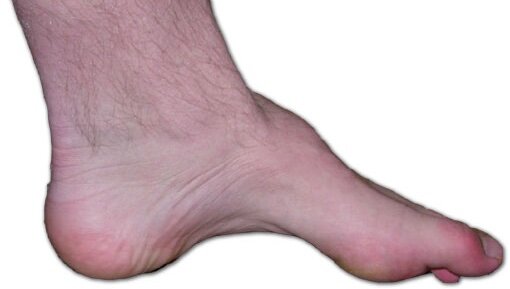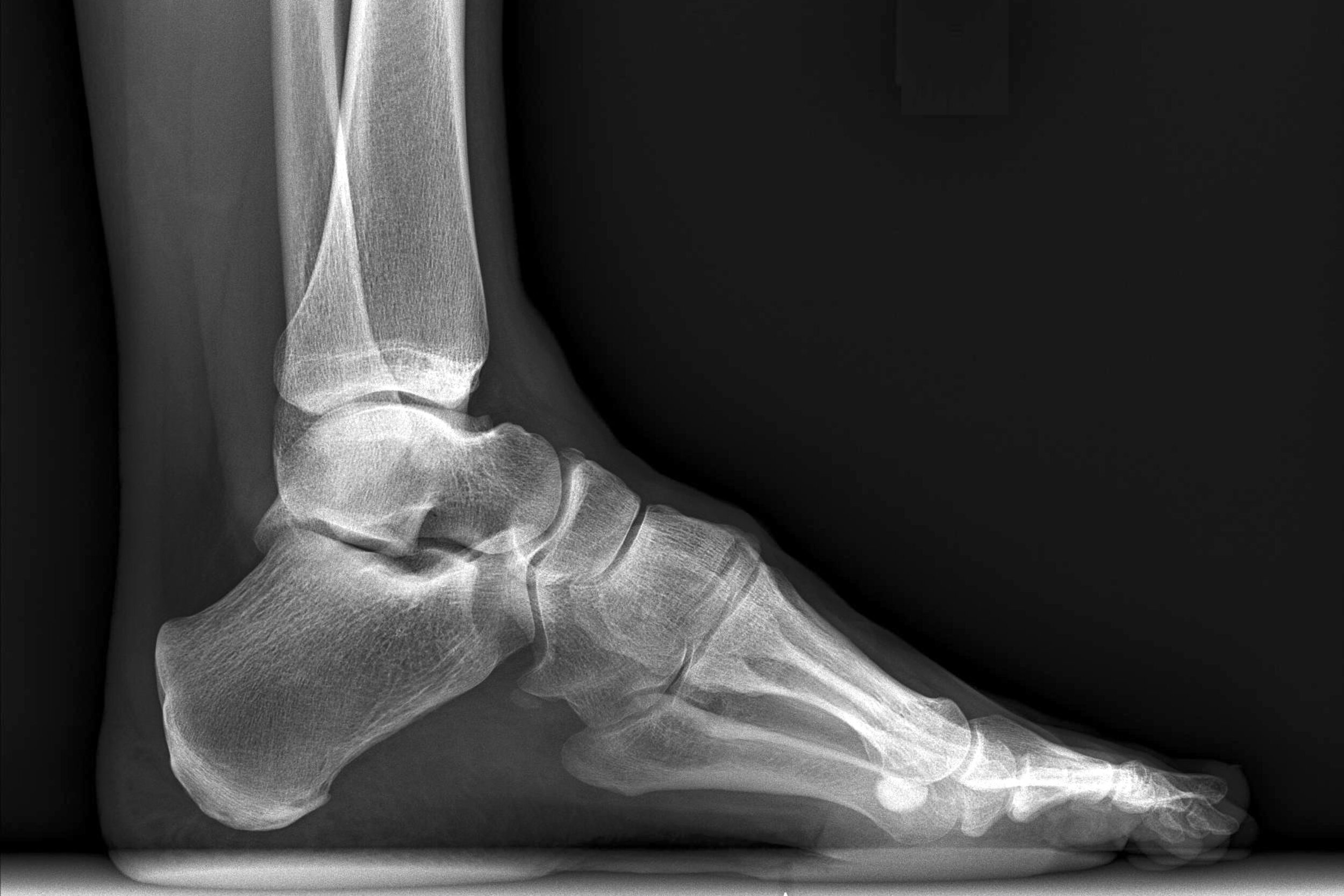High Arch Foot
Background
The development of a higher than normal arch on a foot (also known as cavovarus deformity) has one of several underlying causes:
Motor neuropathy: The most common cause of a high arch is Charcot-Marie-Tooth, a motor neuron disease. In these patients, the nerves that supply the muscles do not work appropriately. As a result, the muscles that help support the arch are overactive relative to the muscles that flatten your foot, so the arch becomes increasingly exaggerated over time.
Tethered cord: Rarely, younger patients who are still growing can have a neurologic problem in their spine called a tethered cord. This causes a one-sided high arch to develop. In addition to seeing an orthopaedic surgeon for management of the foot symptoms, such patients should have an MRI of the spine performed to detect this reversible condition.
Trauma: A traumatic insult to the foot or ankle can heal in a deformed position, resulting in a high arch.
Congenital: Some patients are just born with high arched feet without any identifiable underlying cause.
No matter what the cause is, patients with high-arched feet tend to develop a similar set of problems:
Recurrent ankle sprains
Peroneal tendon tears
Pain along the lateral (outside) border of the foot (aka “lateral border overload”), which can eventually progress to a fracture of the 5th metatarsal (aka “Jones fracture”)
Over time, what started out as a flexible deformity becomes increasingly rigid due to development of hindfoot arthritis. In the latest stages, the ankle can begin to tilt as well. Fortunately, there are variety of effective nonsurgical and surgical techniques that can lead to symptom relief.
Nonsurgical treatment
A high-arched foot is a mechanical problem. Hence, it calls for a mechanical solution. That means orthotics and bracing.
For patients with relatively minor deformities that are flexible, orthotics can provide relief. In a high-arch foot, the heel is tilted inwards; hence, we want an orthotic that tilts the heel back towards neutral.
The inexpensive method of tilting the heel is with a “lateral heel wedge,” which can be purchased at a DME store or on Amazon.com (silicone or cotton versions available). Dr. Bohl recommends this as a cost-effective starting point for most patients.
The more expensive method of tilting the heel is with a custom orthotic, manufactured by an orthotist, to precisely fit your foot. When properly manufactured, these orthotics also have a “recessed first ray,” which facilitates further correction. Dr. Bohl can write a prescription for such a custom orthotic and you can have it made at your local orthotist.
For patients with more major deformities, a brace that goes up higher, crossing the ankle, may be required. The best brace is called an “Arizona brace” and can be manufactured by an orthotist to fit your ankle. The goal here is not to correct the deformity, but to provide stability and symptomatic relief. Other methods of symptomatic relief for arthritic deformity include anti-inflammatory medications and steroid injections.
Surgical treatment
After trying the nonsurgical modalities mentioned above, the most definitive management of a persistently symptomatic high-arch foot is through surgical correction. The procedure Dr. Bohl will propose depends on whether or not there is arthritis associated with your deformity:
High arch without arthritis:
For patients with high arches but no arthritis, Dr. Bohl will flatten the arch through tendon transfers, ligament lengthenings, and bone cuts. No joints need to be fused in these cases, because the joints are still working well. The two bones that are typically cut to change their shape are the calcaneus and first metatarsal bones. The plantar fascia ligament is lengthened to relax the bottom of the foot. Finally, the posterior tibial tendon, which typically supports the arch like one of the vertical cables on a suspension bridge, is lengthened or moved to weaken its effect. Because no joints are fused in the process, flexibility of the foot and ankle are maintained.
High arch with arthritis:
High arch with arthritis: For patients with rigid deformities and foot arthritis, Dr. Bohl will perform a foot reshaping procedure in which he fuses the three joints of the hindfoot: the subtalar, talonavicular, and calcaneocuboid joints. This procedure is known as a “triple fusion.” Sometimes patietns worry that a fusion will reduce their range of motion. The reality is that for patient with arthritis of the hindfoot, these joints don’t move much anyway. Dr. Bohl will say that a triple arthrodesis changes these “stiff and painful” joints into “stiff and painless” joints. The fusion will also be performed in such a manner that the arch is lowered, relieving the other symptoms of high-arch foot.


